Perioral dermatitis is a common yet often misunderstood skin condition that primarily affects the area around the mouth. It appears as a rash made up of small, red bumps that may cause discomfort, itching, or burning sensations. While not life-threatening, it can significantly impact a person’s confidence and quality of life if left untreated. For individuals seeking advanced and specialized care, Dynamic Life Clinics in Dubai offers expert solutions tailored to effectively treat and prevent flare-ups of this condition.
Understanding Perioral Dermatitis
Perioral dermatitis is an inflammatory rash that primarily affects the area around the mouth but can also spread to the nose and eyes (periorificial dermatitis). Despite its name, it is not directly related to acne or eczema, though it may resemble them.
Key Symptoms
- Red or pink bumps (papules) around the mouth
- Mild peeling or flakiness of skin
- Itching or burning sensation
- Possible spread to nasal folds or eye area
- Clear fluid or pus-filled bumps in severe cases
Common Causes & Triggers
While the exact cause is not fully understood, dermatologists recognize several contributing factors:
| Trigger | How It Contributes |
|---|---|
| Topical Steroid Creams | Long-term use can alter skin’s natural balance, leading to inflammation. |
| Fluoridated Toothpaste | May irritate sensitive skin around the mouth. |
| Heavy Cosmetic Use | Certain products clog pores and disrupt skin barrier. |
| Hormonal Changes | Fluctuations can increase skin sensitivity. |
| Weather Extremes | Both excessive dryness and humidity can trigger outbreaks. |
| Skin Irritants | Harsh cleansers, fragranced skincare, or certain sunscreens can aggravate the skin. |
Symptoms to Watch Out For
Recognizing early signs is key to preventing the condition from worsening. Common symptoms include:
- Red bumps or pustules around the mouth, sometimes extending to the chin and nose
- Mild itching or burning
- Flaky, dry skin near affected areas
- A sensation of tightness in the skin
Why Expert Care Matters
Perioral dermatitis can be stubborn and resistant to over-the-counter treatments. Without the right diagnosis and tailored care plan, the rash may persist for months or even years. Expert dermatological care ensures:
- Accurate Diagnosis – Differentiating it from acne, rosacea, or eczema
- Customized Treatment Plans – Based on severity, skin type, and triggers
- Prevention Strategies – To reduce recurrence risk
Treatment Approaches at Specialist Clinics
Specialist care for perioral dermatitis often includes a combination of topical and oral medications, lifestyle adjustments, and skin care changes.
Medical Treatments
- Topical Antibiotics: Metronidazole or clindamycin to reduce inflammation and bacterial growth.
- Oral Antibiotics: For severe cases, doxycycline or tetracycline can be prescribed.
- Anti-inflammatory Creams: Non-steroidal options to calm redness.
Skin Care Adjustments
- Use mild, fragrance-free cleansers.
- Avoid heavy creams and oily skincare products.
- Switch to fluoride-free toothpaste if needed.
Lifestyle Recommendations
- Limit makeup during flare-ups.
- Protect skin from extreme weather.
- Manage stress, as it can trigger outbreaks.
Detailed Skin Assessment
A dermatologist examines the affected areas to confirm diagnosis and rule out similar skin conditions.
Prevention & Long-Term Skin Health
A vital part of managing perioral dermatitis is preventing its recurrence. Dermatologists often recommend:
- Maintaining a simple skincare routine
- Avoiding unnecessary topical steroid use
- Regular skin check-ups for early detection
- Using gentle, non-irritating products
Table: Do’s and Don’ts for Perioral Dermatitis
| Do’s | Don’ts |
|---|---|
| Use a gentle, pH-balanced cleanser | Apply heavy moisturizers or ointments |
| Follow your dermatologist’s advice | Self-prescribe steroid creams |
| Keep skin hydrated with light, non-comedogenic moisturizers | Overuse scrubs or exfoliants |
| Protect skin from harsh weather | Use harsh soaps or fragranced products |
| Switch to fluoride-free toothpaste if advised | Wear thick makeup during flare-ups |
FAQ’s
Is perioral dermatitis contagious?
No, perioral dermatitis is not contagious and cannot be spread from person to person.
How long does it take for perioral dermatitis to clear up?
With proper treatment, symptoms often improve within 2–8 weeks, though some cases may take longer.
Can children get perioral dermatitis?
Yes, it can affect children, particularly those who have used topical steroids or are exposed to skin irritants.
Will it come back after treatment?
Recurrence is possible, especially if triggers are not avoided. Preventive care is key.
Can I wear makeup if I have perioral dermatitis?
It’s best to avoid makeup during flare-ups to prevent irritation. Opt for non-comedogenic and hypoallergenic products when the skin is calm.
Will it come back after treatment?
Recurrence is possible, but with proper skincare and trigger avoidance, flare-ups can be minimized.
Conclusion
Perioral dermatitis can be a persistent and frustrating skin condition, but with the right medical guidance, it is highly treatable. Expert dermatological care helps identify underlying triggers, tailor effective treatments, and prevent future flare-ups. Maintaining a gentle skincare routine, avoiding irritants, and following professional advice are essential steps toward clear, healthy skin. Remember, early intervention not only shortens recovery time but also prevents unnecessary discomfort and long-term skin damage.

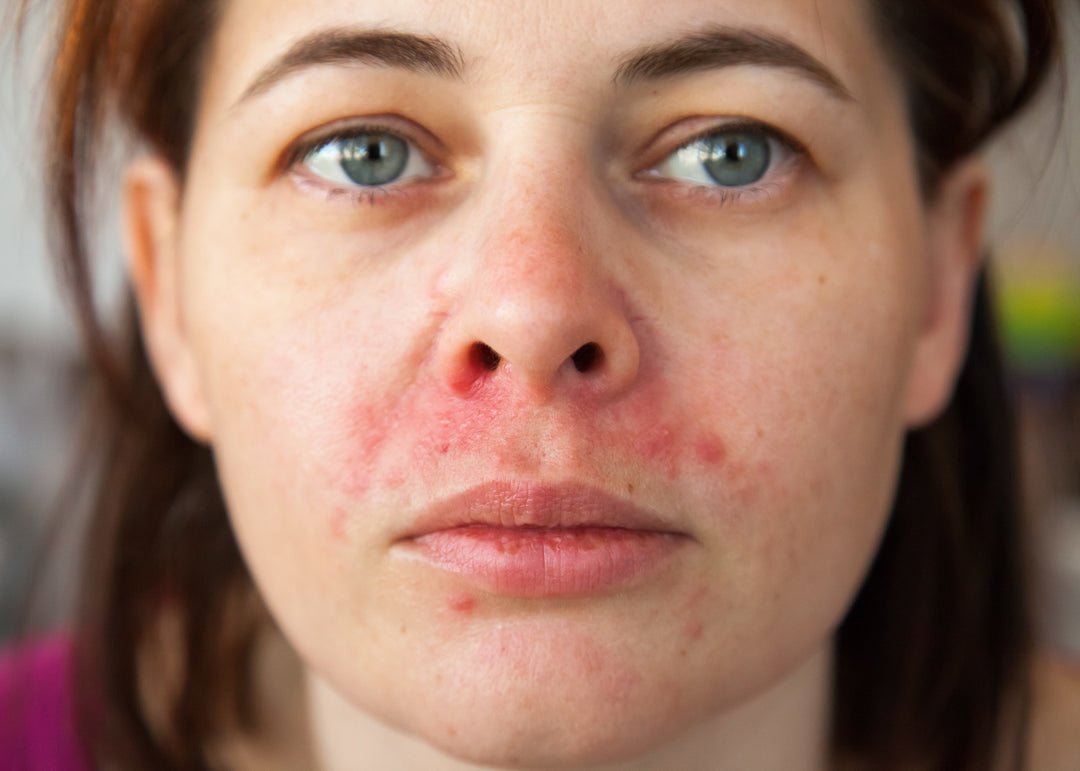
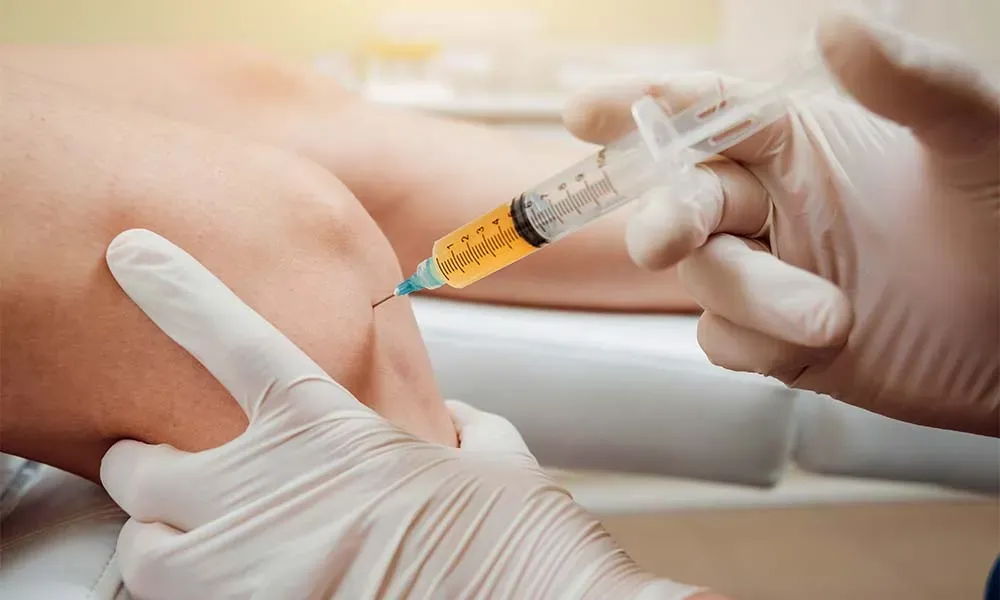
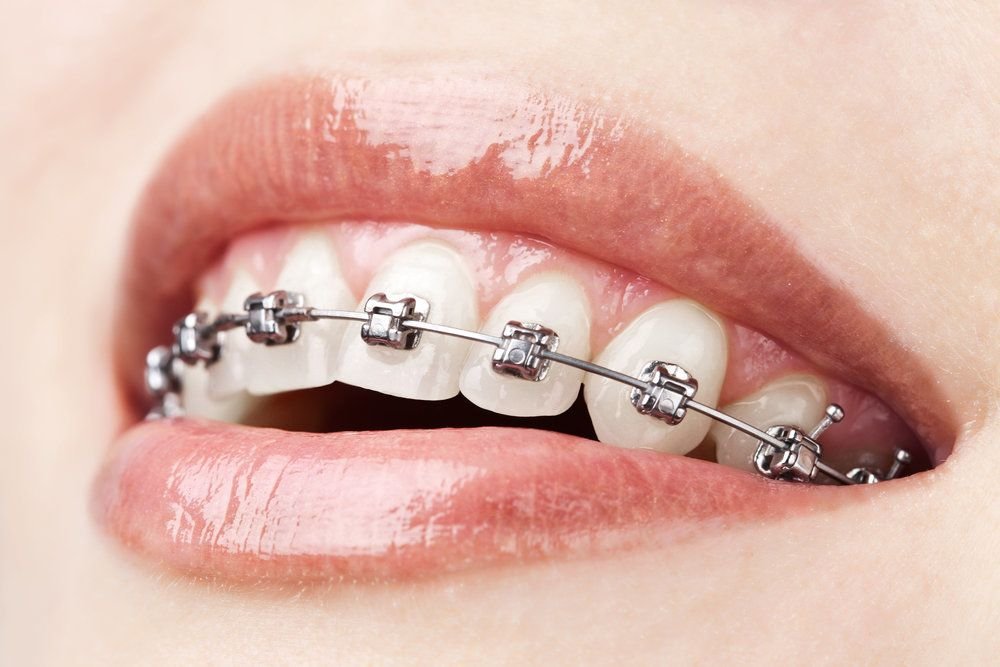

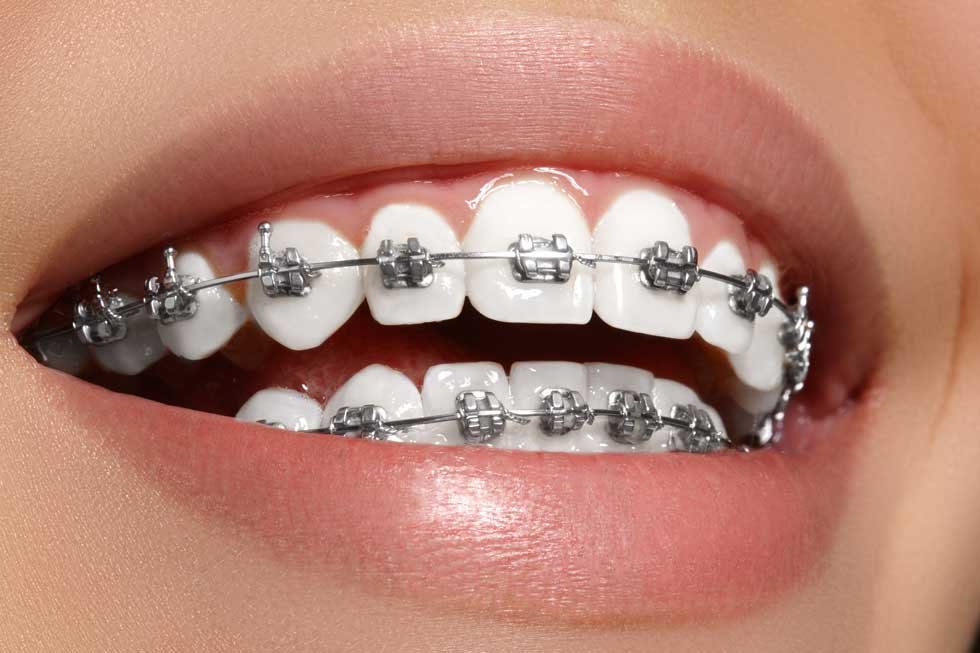
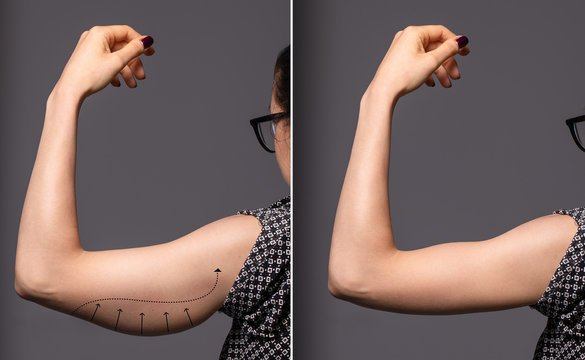

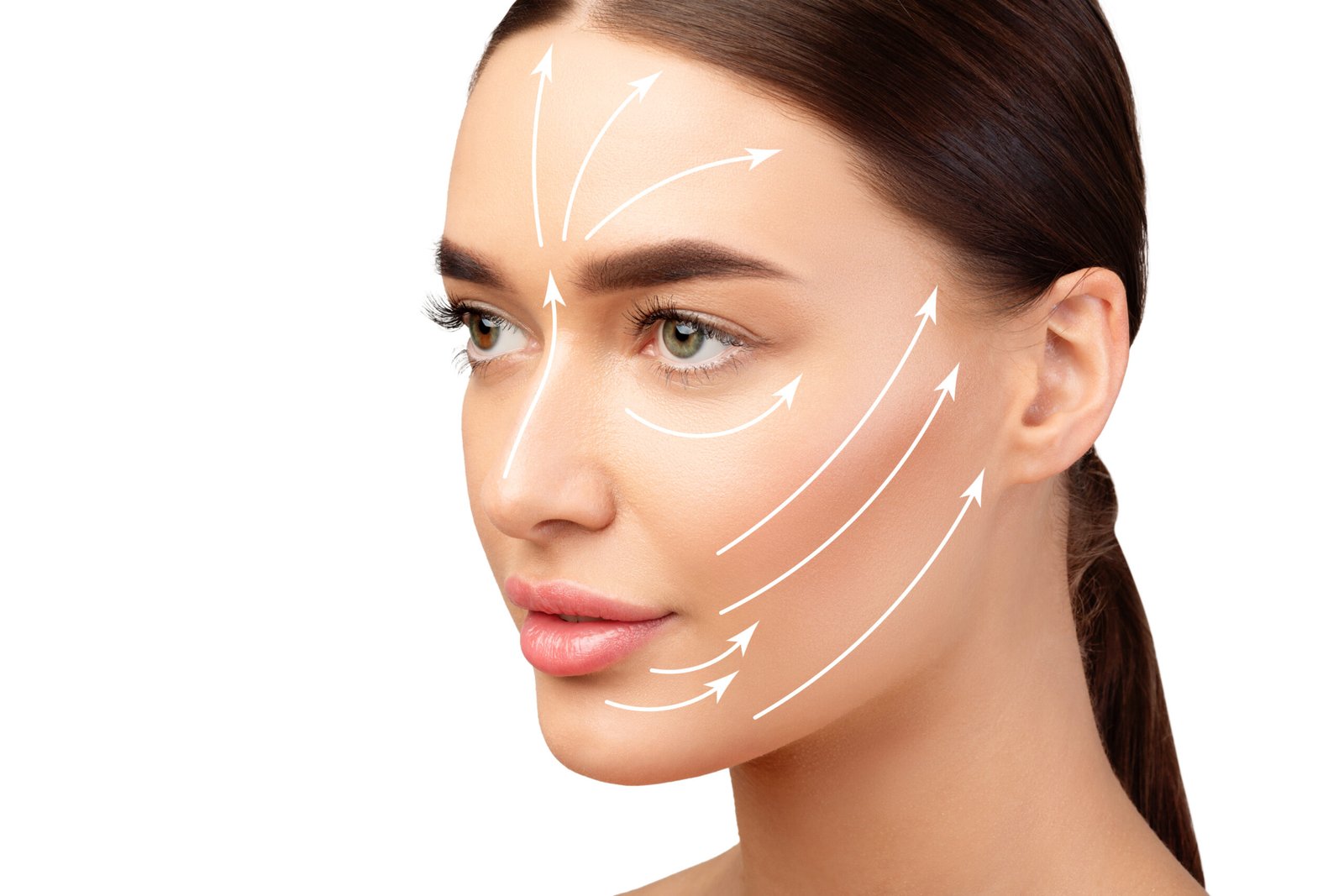
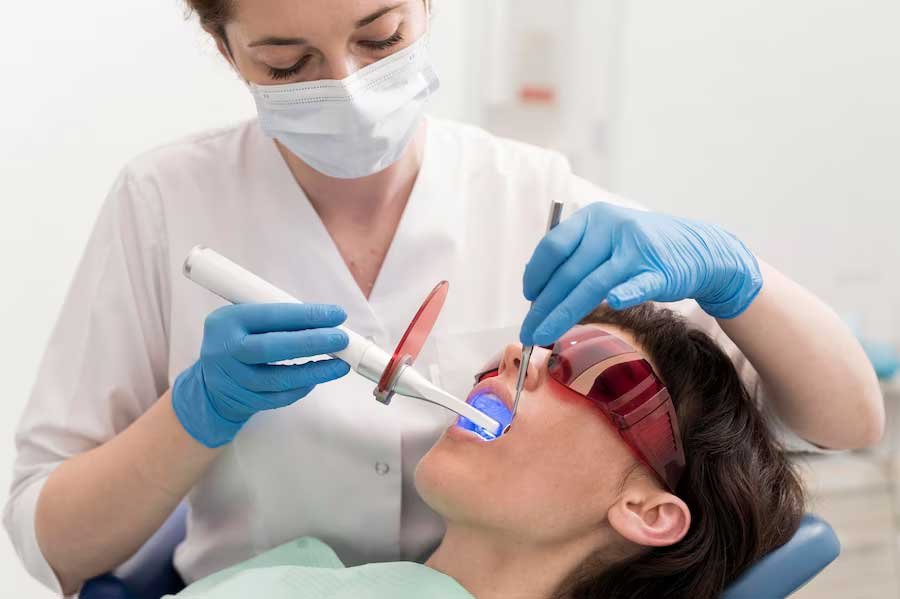

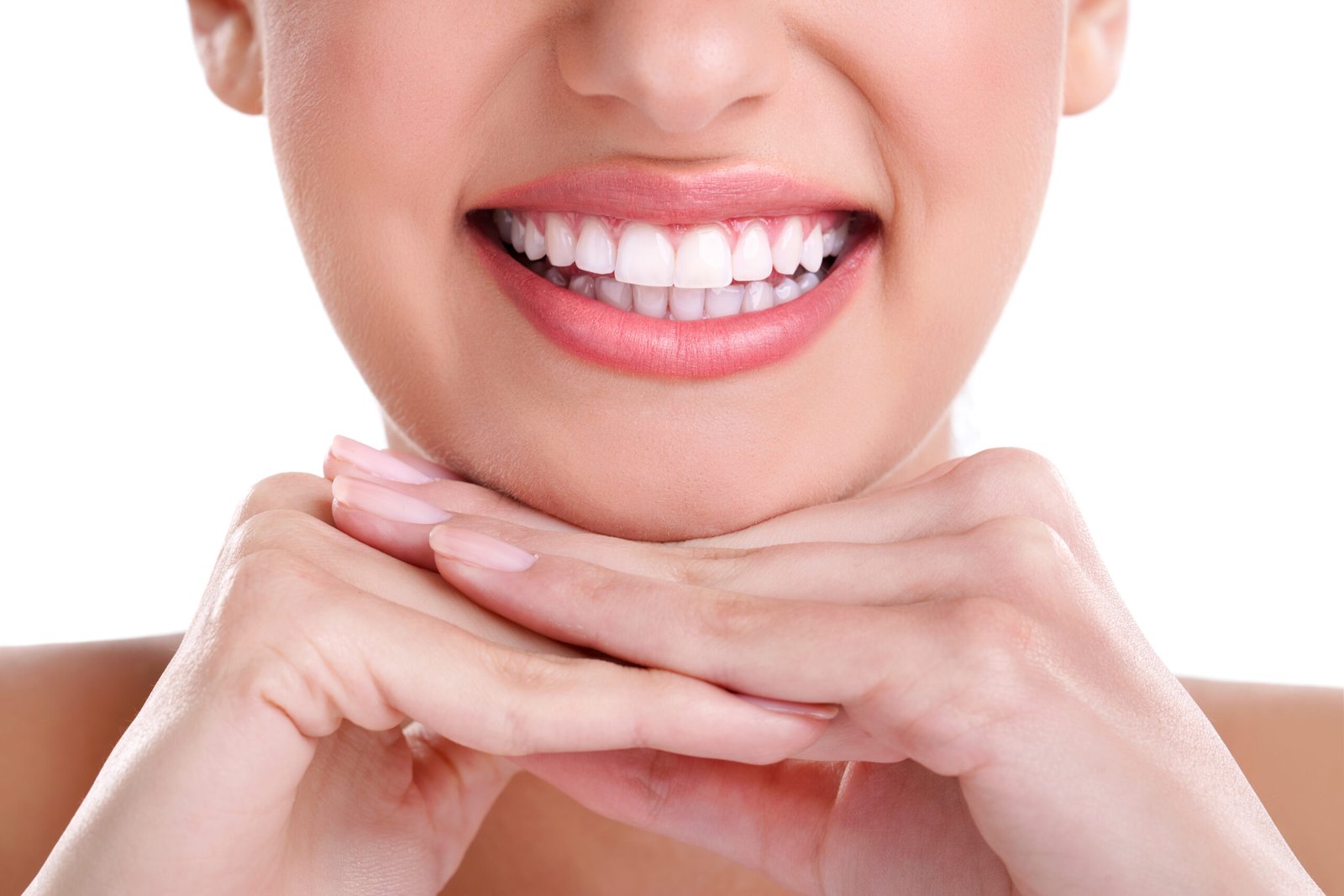




Leave a Reply